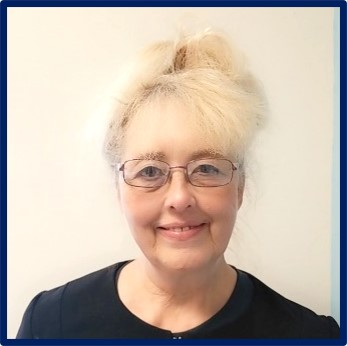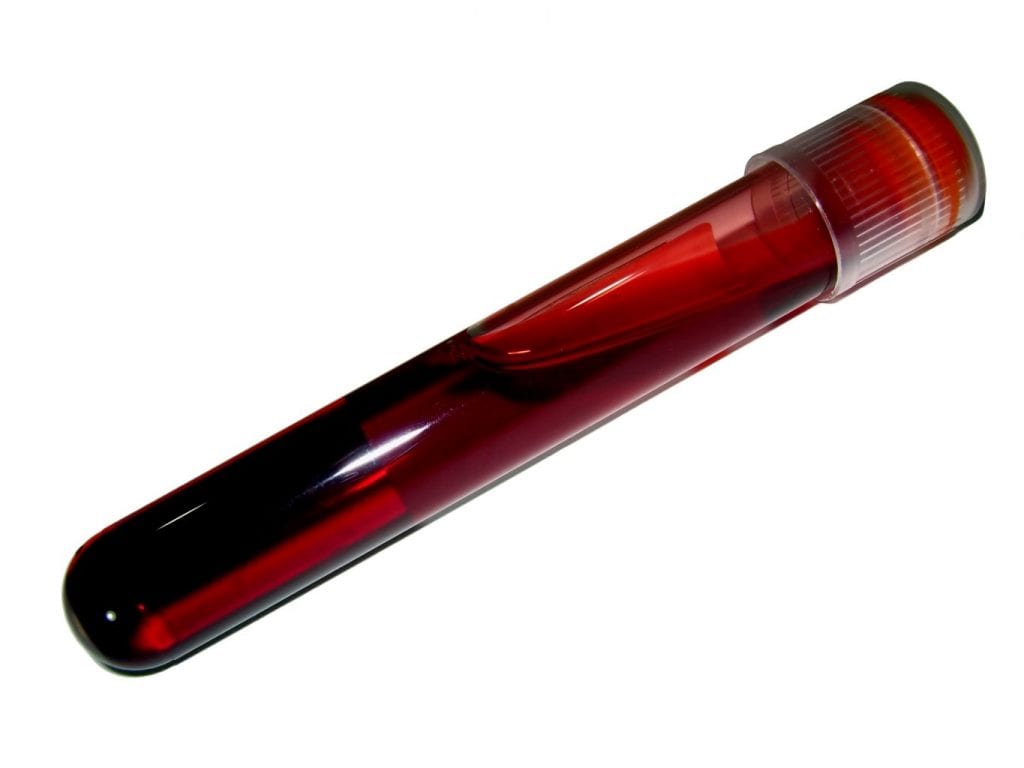Nurses are trained in the skill called the, “nursing process”. This is a skill that is developed during nursing school and throughout the nurse’s career over time. The nursing process teaches critical thinking skills and the establishment of the nurse-patient relationship. Making a special bond between the patient and nurse by the establishment of trust. Nurses will tell you that they are first and foremost a patient advocate. Meaning, that they protect the patient above all else. It may seem a bit lofty or even idealistic to some of the other health care professions, but any nurse can tell you that it works. When a patient trusts their nurse, they feel more relaxed and confident, knowing that someone is in their corner.
They do not feel afraid. Wouldn’t it be nice if more medical health care personnel could make patients feel confident and unafraid? When a phlebotomist comes to a patient’s room to draw their blood, they ask their name, date of birth and have them also spell their name. Then they go about their job, looking for vein, tying a tourniquet and drawing blood. Many patient’s do not like needles. What makes the procedure even more uncomfortable is the attitude of the phlebotomist. This article is not directed against phlebotomists. It is to help shed light on a issue that is being ignored, that of patient centered care. Phlebotomists are taught by other phlebotomists and so on. If the teaching does not incorporate patient centered care, then the entire premise falls short. Patient centered care cannot be done by one person. It must be done by the health care team as a whole. That includes the nurse, the phlebotomist, the physician, the dietary aides, the electrocardiogram technician and all the rest of the health care team.
Only when the nursing process is taught across all spectrums of health care can we really begin to see a positive change with respect to improving the patient’s health. It is scientific fact, that when someone is in a good mood and feels relaxed, their endorphins begin to flow and they begin to heal. Because phlebotomy is part of a daily routine for most patients in the hospital, it would seem logical that the phlebotomist should be aware of the nursing process. This can only happen if the nursing process is adopted into phlebotomy programs across the United States.
The biggest roadblocks to seeing this goal put into action are the nurses themselves. Nurse educators argue that only nurses should know the nursing process and that is far too advanced to teach to those who are attending a six to twelve-week program. Accrediting phlebotomy organizations will not accredit programs which try to incorporate vital signs into the phlebotomy curriculum. Their stance is that a phlebotomist should not have the responsibility of taking a patient’s vital signs. Therefore, they would probably be against knowledge of the nursing process as well. Though, as an aside, one would think that a phlebotomy should know how to take a patient’s vital signs, especially when so many patient’s pass out at the sight of their own blood. What widens the gap even further, is that most states do not license phlebotomist. Some states do not even require a training certification, but instead will train novices off the street.
Bridging this gap will take some time and effort. Laboratories put a lot of pressure on the phlebotomist to come back quickly with their blood samples. This pressure overshadows the already stressed phlebotomist’s ability to be cordial with their patient. Many patients will say that their phlebotomist was rude and abrupt. There must be communication between all health care divisions with respect to developing patient centered care. This will take change. The change agent will most likely have to be the nurse, since they are the ones versed in the nursing process and its implementation.
But there is one more problem. Nurses are not trained in phlebotomy or venipuncture as it is called. Now, if nurses had to learn how to draw blood, then they could teach the courses in phlebotomy and illustrate how to use the nursing process. Taking it one step further, nursing boards could begin to license the phlebotomist under the umbrella of nursing. This would then make the specialization of phlebotomy a nursing related skill, like that of the certified nursing assistant.
Therefore, the training of the phlebotomist would be done by the nurse, and the phlebotomist would then take a state certification exam through the board of nursing to earn their license. The patient would reap the benefits of change by having patient centered care at the level of the nurse, the nurse’s aide and the phlebotomist. The days of the phlebotomist drawing blood with their eyes closed would be gone.
If you are interested in becoming a phlebotomist, please visit Phlebotomy Career Training. The online program includes a life like training arm and one on one assistance from a RN who is trained in phlebotomy. Please reach out if you have questions and call 313-826-2381. We are located in Dearborn, MI and have been a licensed proprietary school for over 10 years. Visit us at https://phlebotomycareertraining.com

Nancy L. Kimmel obtained her PhD in Environmental Engineering in 2002, then went on to teach Physics and Mechanical Engineering at Lawrence Technological University, Henry Ford College and Oakland University. She obtained her Associate in Nursing from Henry Ford College and then went on to earn her Master Degree as a Family Nurse Practitioner and became Board Certified working as a licensed FNP in the State of Michigan. She then went on to Medical School where she is now in her 3rd year, and is also in the process of obtaining her Doctorate in Nursing Practice through Chamberlin University. She has authored the NET Study Guide, as well a several books on subjects of Math, ECG/EKG and Phlebotomy. She holds a patent on an Air Filter through the U.S. Patent Office.


